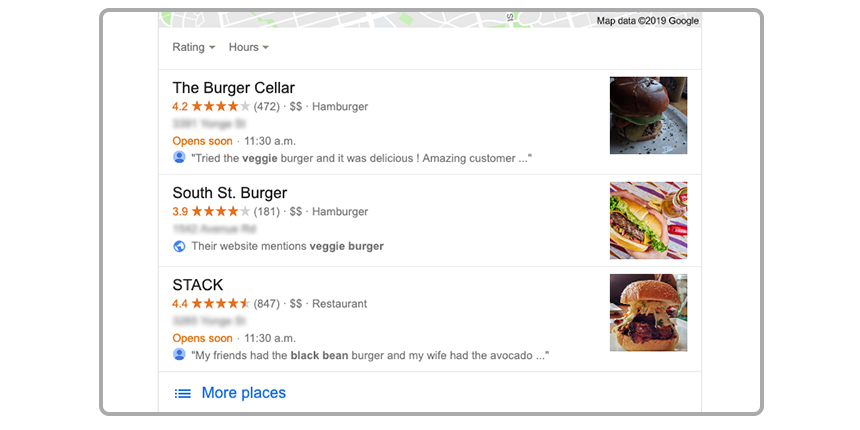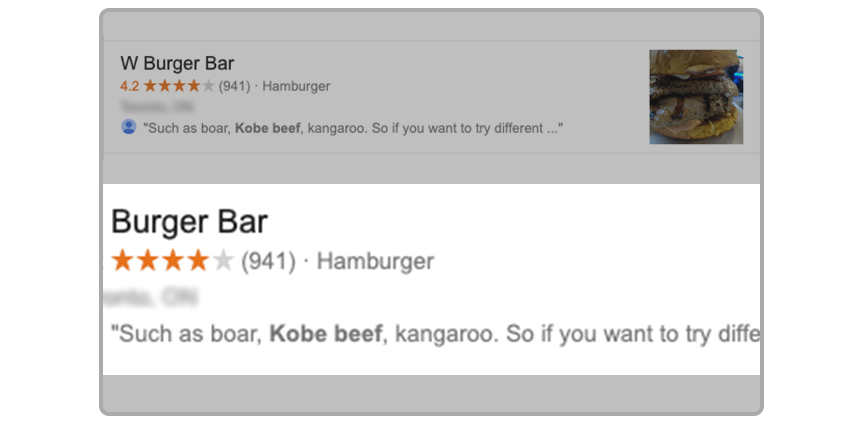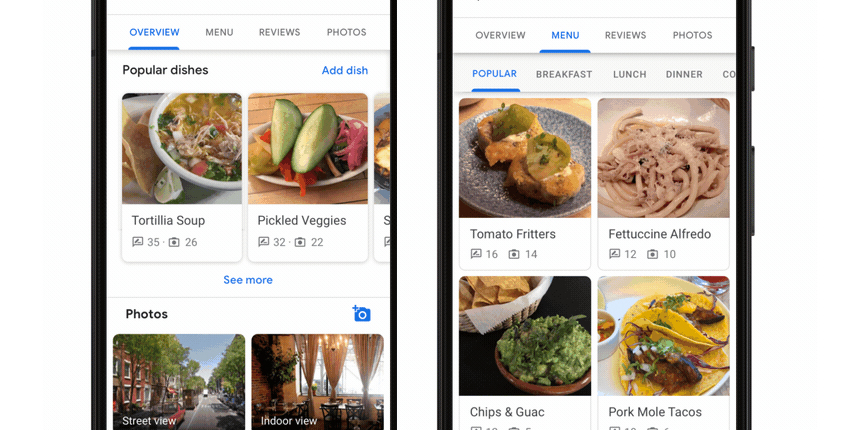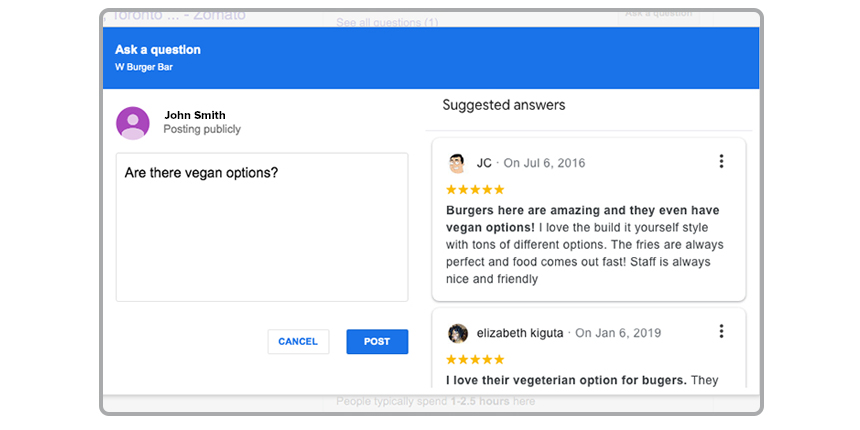In the restaurant industry, reviews can have a significant impact on a business’s success. With major websites like Yelp and Zomato dedicated to providing a place for customers to rate and review places to eat, it’s crucial that restaurant owners embrace every opportunity to manage and respond to online reviews. While some restaurants only reply to negative reviews, responding to ALL of your reviews will have a measurable positive impact on your business. An owner response will mitigate the negative impact of a bad review and increase the positive impact of a good review.
Most customers expect a review response within 24 hours, so replying is an ongoing process. Monthly response binges won’t satisfy customers that left positive feedback—or earn back the trust of detractors. Restaurant managers will need to reply swiftly in order to benefit from their reputation management programs.
Responding to reviews can also increase both the number of reviews left by customers and a restaurant’s average star rating by as much as half a star! This can mean the difference between a rating of 3.5 stars and the coveted 4.0+ star rating. In addition to increasing review volume and ratings, there are a multitude of local SEO benefits that come along with responding to reviews. Some are obvious, such as restaurants with a higher number of reviews getting a ranking boost, but there are others that Google has just rolled out these past few months.
-
Extensions in local pack results

Some keen-eyed users may have noticed that the local three-pack now sometimes contains text snippets for some queries. Called “extensions”, the purpose of these snippets is to give additional information about the business the searcher may be interested in. These snippets are pulled when a query matches up with component information related to the business. The bolded snippet can either be a component of the search query or a synonym.
Extensions can be pulled from four sources (each one comes with its own unique icon to indicate its origin):
- Review Mentions
- Website Mentions
- Sold Here
- Google Post Mentions

Reviews are by far the most common source of these snippets. They have some of the easiest information for Google to crawl, and they also contain a much higher volume of keywords than other sources. Having these reviews mentioning information related to the searcher’s query would make them far more enticing for users to click. Of course, one way to encourage these text and keyword-rich reviews is to respond to the reviews your business already has coming in. If users see their feedback is garnering a response, they will feel more compelled to leave a review with text, as they know their reviews are being read by the business.
With more reviews coming in and more of them containing keywords, this review extension on the local three-pack will appear more often for your listings and garner more clicks. Your listing will also have an edge on appearing on more specific queries. Businesses like a café that offers its customers Wi-Fi will have higher rankings if its reviews contain the “Wi-Fi” keyword to populate the review snippet.
-
Machine learning matches a restaurant’s most popular dishes with its reviews

In June of this year, Google released its new “popular dishes” section for restaurant listings. Users on android phones can view images and review mentions of a restaurant’s most talked-about menu items. Google will be matching photos and reviews supplied by its users to populate this new tab. As responding to reviews encourages longer and more keyword-rich feedback, this will help restaurants build out their new popular dishes tab. This is especially vital for restaurants in tourist-heavy areas, as photo-worthy food and drinks will be a draw for many impulse diners looking for somewhere noteworthy to eat out.
-
Google Q&A leverages reviews to auto-suggest answers

Google’s Q&A feature offers users a place to ask business questions directly and have them answered by either the business owner or other users. This feature received an update in early June in which, while users are typing their questions, Google will automatically and in real time pull potential answers to their queries from the business’s reviews. Previously, Google pulled answers from other user questions but has now dropped this practice and exclusively looks at the body of the listing’s reviews. Owners now have even less control over how questions on their listings are answered and are even more dependent upon customer feedback.
With reviews being pulled for the local three-pack, the popular dishes tab, and now to answer user questions, reviews are only growing in importance. Restaurants can’t sit on their laurels by already having a high review score—they’ll need to rely on a steady stream of reviews that speak to a range of experiences. Users won’t trust reviews from three years ago and high review scores are not enough, nor is a high volume of reviews.
The content of reviews is starting to become more important than the score, as Google is matching user search queries with all relevant keywords. Reviews will need to mention your delivery options, allergens, reservations, atmosphere, and anything else that a potential customer may want to know about your business. Google wants to see more text within reviews—and business owners in turn will need to find ways to encourage their customers to leave keyword-rich feedback. There is no simpler way to do that than to start responding to your reviews.
Staying on top of reviews
DAC’s Reputation Management tools offer businesses a way to aggregate, analyse, and respond to their reviews—all within one dashboard. Much like how Google’s machine learning is pulling important text from reviews, DAC’s own Sentiment Analysis does the same. It notices trends within your review text, rather than just your star rating. The business intelligence gained from analyzing the body of your reviews will not only help you work towards optimizing your reviews for Google, but it will also help you improve your business as a whole.
Responding to all of your reviews can be a daunting task. If you are a chain with multiple locations, you may have dozens or hundreds of reviews coming in each day. Contact DAC to learn how our Reputation Management tools can help your business monitor, manage, and respond to reviews with ease.




